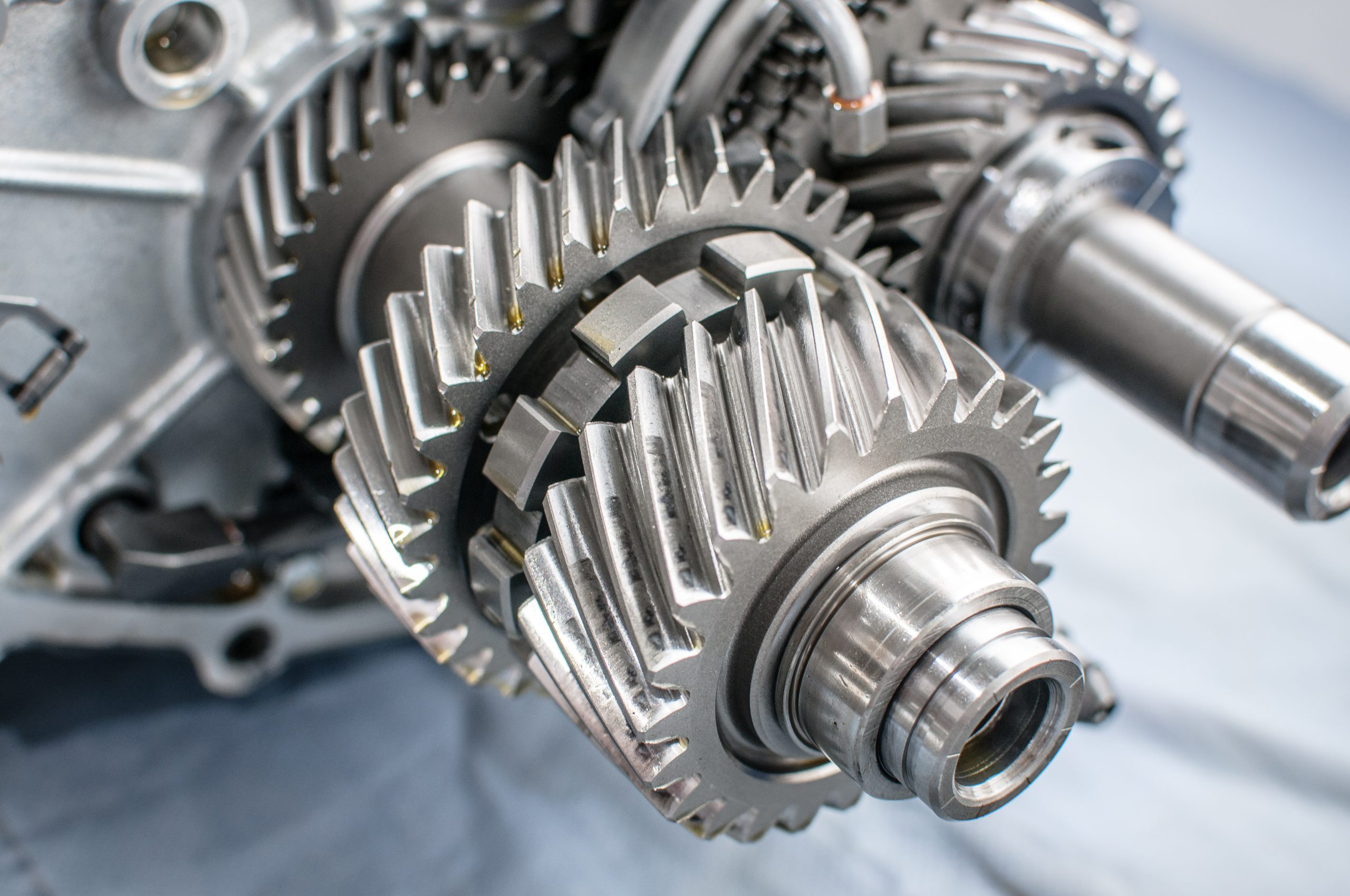Low alloy quench and tempering steel

Low-alloy quenching and tempering steels are a group of steels with high strength while being well suited for machining. Low-alloy case-hardening steels are often used for machine parts such as:
- Pistons
- Shoulders
- Cylinders
- Other components that require a high level of mechanical properties
Low-alloy case-hardening steels are to some extent weldable. The higher the carbon content of the steel, the more difficult it is to weld. The carbon content should preferably be below 0.25% for the steel to be weldable.
| Euronomy | Execution | Material | Swedish standard | AISI | W.Stoff | RFQ | |
|---|---|---|---|---|---|---|---|
C35 / C35E |
Forgings, Bars | Low alloy quench and tempering steel | ~SS 1550 / 1572 | 1035 | 1.0501 / 1.1181 | ||
C60 / C60E |
Plates, Forgings, Bars | Low alloy quench and tempering steel | SS 1655 / 1678 | 1060 | 1.0601 / 1.1221 | ||
C45 / C45E |
Cold rolled stripsteel, Plates, Forgings, Bars | Low alloy quench and tempering steel | SS 1650 / 1672 | 1045 | 1.0503 / 1.1191 | ||
C15 / C15E |
Plates, Bars | Low alloy quench and tempering steel | SS 1350 / 1370 | 1015 | 1.0401 / 1.1141 |
Mechanical steel
These steels also belong to the group formerly known as machine steels.
Machine steel is designed to be easily machined in various processes such as cutting, turning, milling and drilling. Nowadays, most steels are designed to improve cutting and machinability. Often alloying elements such as sulphur are added to improve cutability. Machine steel also usually has high strength, meaning it can withstand loads and resist deformation during use. They are also known for their durability and ability to resist wear, which is important in mechanical engineering applications where parts are subject to abrasion and friction.
Machine steel is used in a variety of mechanical engineering applications, including the manufacture of shafts, gears, shock absorbers, piston rods and other critical components of machinery and equipment.
